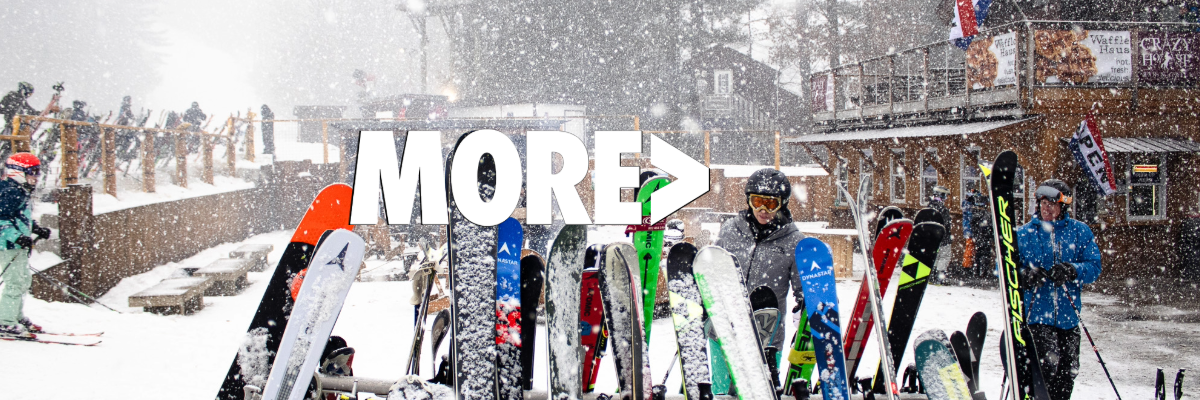Get full access to Outside Learn, our online education hub featuring in-depth fitness, nutrition, and adventure courses and more than 2,000 instructional videos when you sign up for Outside+
Sign up for Outside+ today.
I love and dread the beginning of ski season. Getting back on snow after a long summer is obviously the best. But it’s also killer on my body, especially my low back. Even if I play it smart and ski just a half day during those first days back on skis, my iliocostalis protests, and I experience the pain that’s familiar to skiers the world over: Tightness and soreness emanating from the bottom of the spine, up through the back, and out to the sides of the hips.
Why is this type of soreness so common among skiers? Torey Anderson, head physical therapist for the women on the U.S. Ski Team, has the answers.
Why do skiers experience low back pain?
“When skiing, you’re constantly fighting this flexion and rotation position,” Anderson explains. “The very nature of the athletic stance position we’re in when skiing contributes to loading the low back—or loading the spine in general.”
As a result, the lumbar paraspinals (lower back muscles close to the spine) and quadratus lumborum (QL muscle, a deep abdominal muscle commonly referred to as a back muscle) can get overworked, tight, and angry. This is especially true when skiers lack mobility and strength in key muscles around the lower back. “Low back pain in skiers can often be related to dysfunctional mobility throughout the spine and hips, stability deficits, or a combination of the two,” Anderson adds.
General soreness after a big day or at the start of the season is normal, says Anderson, even if you’ve spent time in the gym to prep for ski season. “You can train hard in the gym all summer, but your back will likely be stiff after the first big powder day of the year because your muscles aren’t used to that specific type of stimulus that powder skiing creates.”
While low back pain is normal and even expected after days on the hill, there are ways to prevent and treat the worst of it by increasing mobility and strength in key muscle groups.
Related: Get fit to rip with this online fitness course designed by a U.S. Ski Team coach
4 ways to prevent and treat low back pain
Increase thoracic spine mobility
“When you lose mobility through your thoracic spine, and you have limited flexion and extension there, a lot of stress is transferred to the low back,” says Anderson. “As a result, the lumbosacral region (the muscles in the small of your back) ends up taking the brunt of everything.”
Increasing mobility in the thoracic spine can therefore help skiers prevent and fight low back pain. Two moves that Anderson recommends for increasing flexibility and mobility in the spine are the book-opener stretch and the thoracic spine twist (pictured below).
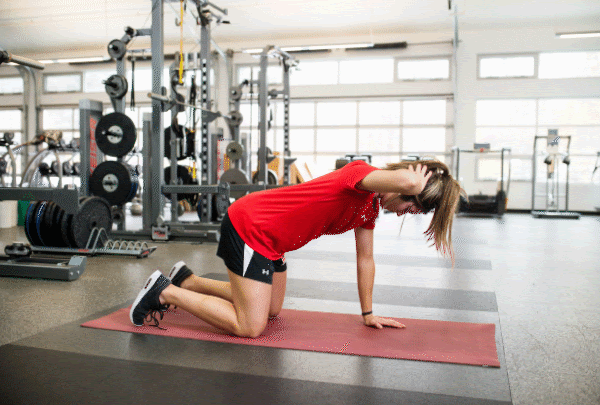
Strengthen glutes and hamstrings
The best way to prevent low back pain from setting in after skiing is to strengthen your glutes, hamstrings, and whole posterior chain before the ski season starts. “Your back extensors, like the lumbar paraspinals, are going to take a hit when skiing, so you want them to be strong going into ski season,” explains Anderson.
Your basic ski fitness exercises like squats and lunges are great for strengthening the posterior chain. But weighted deadlifts and lunges are especially effective.
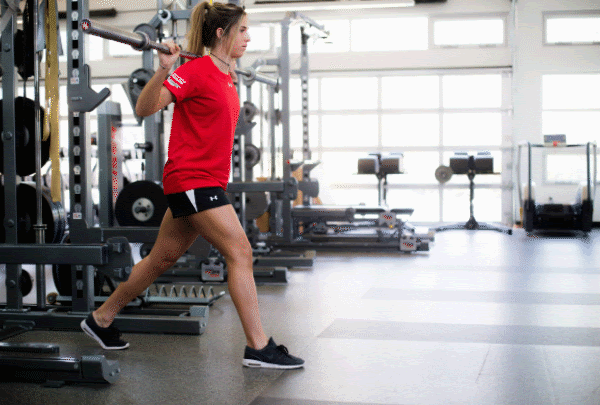
“I really like lunge patterns,” says Anderson, “because you’re working your stability, too, by changing up your stance.” Anderson recommends combining lunge patterns with resistance band work and performing moves like the lawn-mower or a chop movement while in a lunge. “All of that really hits your rotational core and deep core while also engaging glutes the whole time.”
Related: Protect Your ACL With These Essential Butt and Hamstring Exercises
Work on deep- and rotational core stability
Your obliques and transversus abdominis—the deep core muscles that sit below what we think of as the six pack—help you stay balanced on your skis all day, and if they’re not up to the task, your back muscles will get overworked. So along with strengthening the posterior chain to support the low back, make sure you’re also focusing on strengthening those deep core muscles.
Planks are a go-to move for working deep core. Try new variations of the standard plank, like side planks and side planks with rotation, to get more bang for your buck (and make the move more interesting).
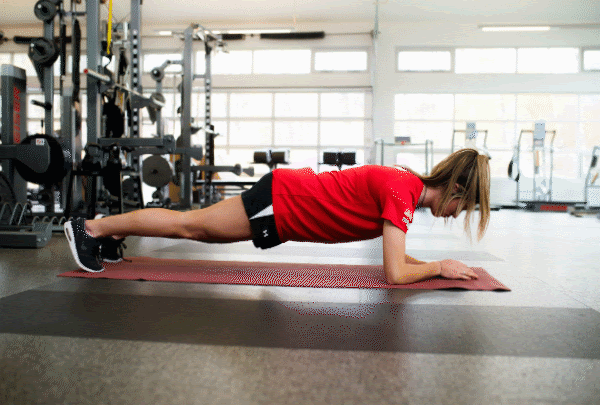
Related: Trunk Stability Moves for Skiers
Combine active and passive recovery methods
If your low back is killing you after a day on the hill, hit the mat with a foam roller and/or tennis ball. Often, low back pain is a result of tightness in surrounding areas, so rolling out and lengthening the big muscles connected to the low back can help relieve pain.
“Working through the glutes is huge,” says Anderson. She recommends rolling out glutes and outer hips with a foam roller, and using a tennis ball or peanut (two tennis balls taped together) to release tension along the spine.
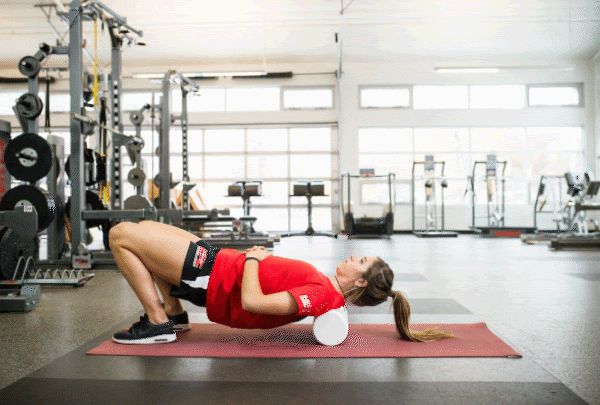
“There’s good value in passive recovery methods like foam rolling and a good tennis ball mobe [mobilization], but I like active recovery, too,” Anderson adds. If you have access to a stationary bike, try spinning on a low resistance after a day on the hill or after a ski vacation. “Yoga is good, too, because you’re getting that muscle activation, which I think can be more valuable than passive techniques sometimes.”
Torey Anderson, DPT, is the U.S. Ski Team’s head physical therapist for the women’s alpine team. A lifelong skier born and bred in Colorado, Anderson now calls Park City, Utah, home.
Looking for more training tips designed specifically for skiers? Check out SKI‘s Get Fit to Rip course on Outside Learn. The comprehensive online training plan was designed by former U.S. Ski Team strength and conditioning coach Chris Miller and features full workout videos that you can follow at home.
